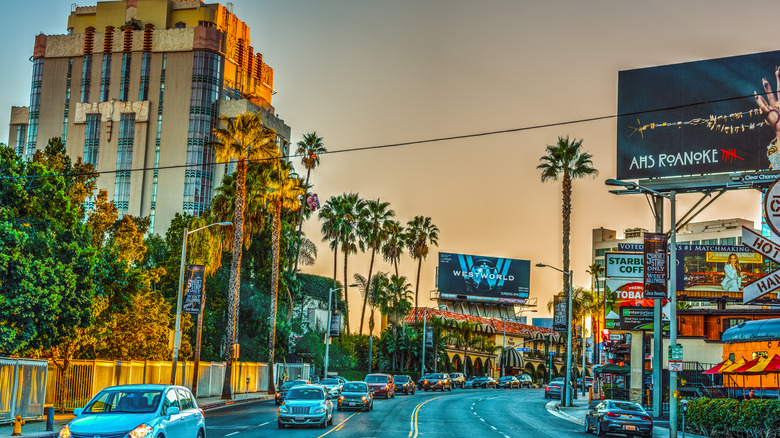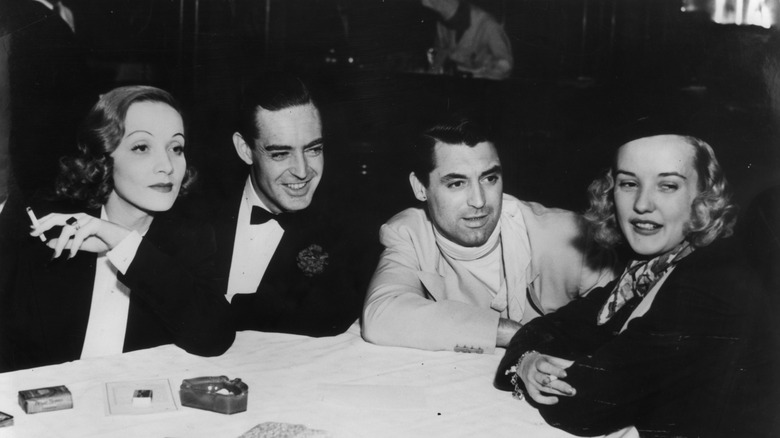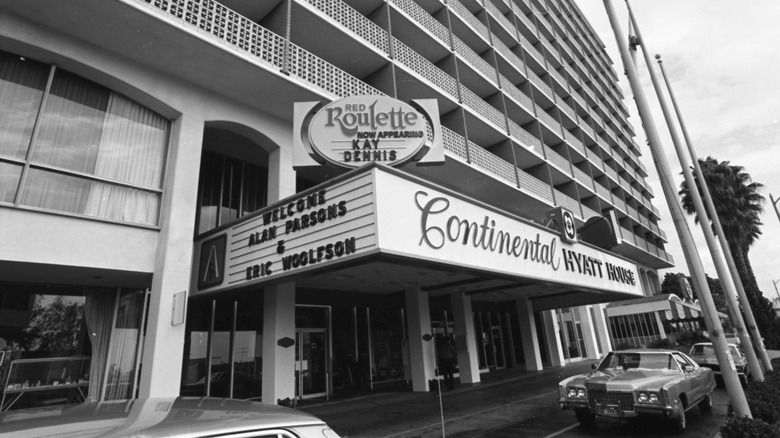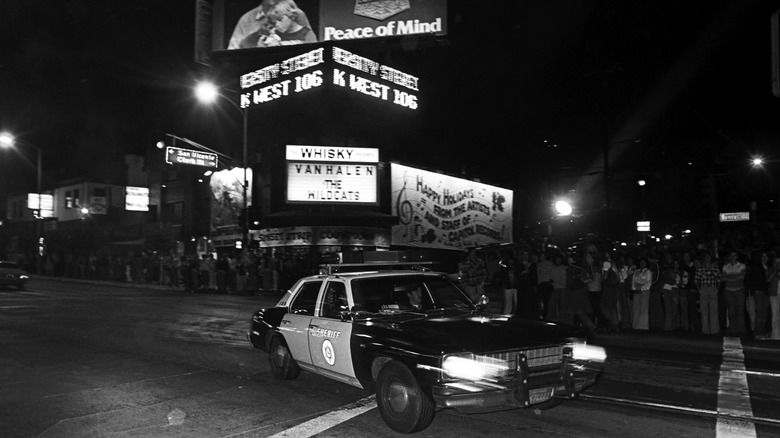The Criminal History Behind Hollywood's Famous Sunset Strip
Anyone who pays a visit to the Sunset Strip in Los Angeles today will find themselves surrounded by the contradictions of Tinseltown. The area is a mile-and-a-half stretch of Sunset Boulevard near West Hollywood, now home to upscale designer boutiques, towering billboards advertising big-name products and big-screen projects, and legendary rock 'n' roll nightclubs. The Chateau Marmont, a historic celebrity hideout, towers over Sunset Boulevard like a medieval fortress. The Chateau feels representative of the Strip's paradoxical history: a glamorous, private, exclusive façade shielding all manner of vice, sin, and crime.
The Sunset Strip has seen several different eras through the decades, many of which have been defined by whichever deviant pleasures were trendy at the time. During Prohibition in the 1920s, the Strip was characterized by under-the-table alcohol sales; in the '30s and '40s, nightclubs and movie stars. In the 1960s, it was all about hippie counterculture and drug-abusing rock stars. These days, the sun seems to have set on the Strip's wildest years, but the spirit of rock 'n' roll and the ghosts of its dark past still echo through the street.
Post-Prohibition nightclubs brought mobsters and movie stars to the Strip
The Sunset Strip's criminal reputation ramped up with the end of Prohibition. In 1933, a man named Billy Wilkerson started the film industry trade paper The Hollywood Reporter, per Curbed. Wilkerson had been a player in New York City's underground speakeasy business while alcohol was criminalized, and had sold alcohol on the down low through his Hollywood deli, the Vendome. Post-Prohibition, Wilkerson opened a nightclub called The Trocadero, which blended the glitz and glamour of Hollywood with the world of organized crime and essentially set the stage for a sordid new era for the Sunset Strip. Wilkerson became addicted to gambling with global gangsters in the club's backroom.
A slew of other notorious nightclubs opened on the Strip in the decades that followed, a few of which were also opened by Wilkerson, and many of which were also home to hush-hush, backroom mobster activity. The clubs drew Hollywood icons such as Humphrey Bogart, Eartha Kitt, and Orson Welles. Still, by the late 1950s, the illicit nightlife of the Sunset Strip was forced to die down after a new sheriff's captain tasked his officers with "cleaning up the county strip and giving police service which will maintain law and order and rid the community of hoodlums and undesirable characters" (via Curbed).
The Sunset Strip was riotous with rock 'n' roll and political protest
In the 1960s, the Sunset Strip was often pulsing with crowds of hippies, protesters, musicians, and movie stars. As the counterculture and anti-Vietnam-War movements rose up, so did a music scene that was growing increasingly riotous, according to The Los Angeles Times. Led Zeppelin holed up at Sunset Boulevard's Hyatt House, which became known as the Riot House, with groupies and drugs. Jim Morrison of the Doors got caught up in his own storm of substances.
The lines between individuals in music and politics became blurred, as hippies and celebrities banded together to protest on the Strip. On November 12, 1966, a crowd gathered to protest the demolition of the Sunset club Pandora's Box. The protesters included the likes of Sonny and Cher, Jack Nicholson, and Peter Fonda — the latter of whom was arrested. Meanwhile, local government officials were working to crack down on the debauchery of the Strip, even ordering a nightly curfew.
The Sunset Strip later made way for the similarly chaotic 1980s metal scene, which was dominated by bands like Guns N' Roses, Poison, and Motley Crüe. "We'd get drunk, do crazy amounts of cocaine and walk the circuit in stiletto heels, stumbling all over the place," Motley Crüe frontman Vince Neil wrote in the band's memoir, "The Dirt." "The Sunset Strip was a cesspool of depravity."
Two sadistic killers terrorized the Strip in 1980
The Sunset Strip Killers may not be a household name when it comes to the world's most notorious serial killers, but their crimes were undeniably horrific. The killers were Carol Bundy and Doug Clark, a couple who met at a Hollywood bar at the beginning of 1980, according to the New York Daily News. Bundy had grown up with parents who abused her emotionally, physically, and sexually. Clark was from a privileged background, but following a stint in the Air Force, he began exploiting lonely women sexually and financially, according to Los Angeles Magazine.
Bundy and Clark quickly moved into Bundy's apartment together. They soon began to share sadistic fantasies about sex and murder, though Bundy later insisted she was following Clark's lead. They began photographing themselves sexually abusing an 11-year-old girl who lived in their apartment complex. Then they embarked on a summer killing spree through the dark streets of Los Angeles. Clark started murdering young women he encountered on the Sunset Strip, usually with Bundy's assistance. Bundy ultimately turned them both into the police that August, but when asked if she regretted her actions, she told the officers it was "fun to kill people" (via the New York Daily News). She died in 2003, and Clark remains on death row as of 2021.



